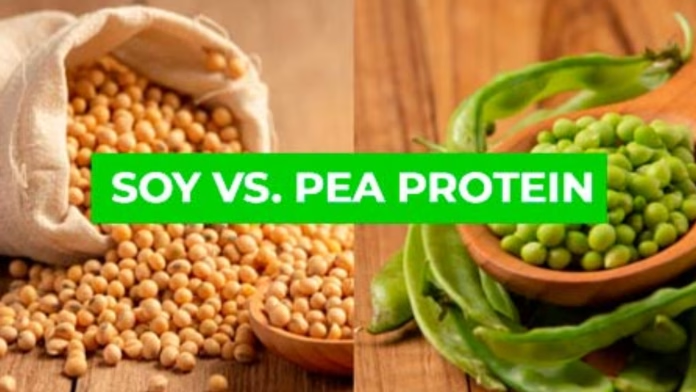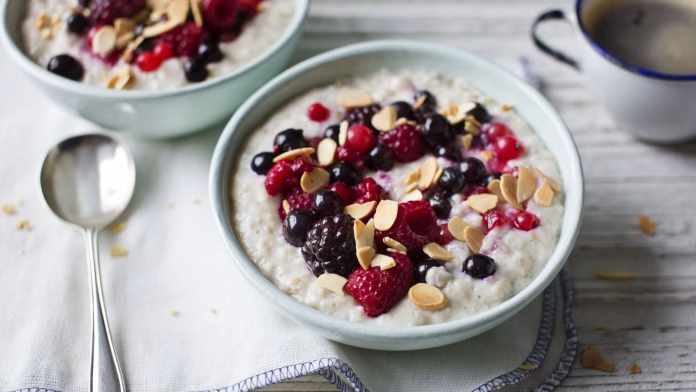Achieving a low body fat percentage and building lean muscle is a goal many fitness enthusiasts strive for. While exercise plays a crucial role in this journey, the right nutrition is equally important. By consuming a well-balanced diet, packed with nutrient-dense foods, you can optimize your body’s fat-burning potential and support muscle growth. In this article, we will explore the top 10 foods that can help you achieve 7% body fat and build lean muscle.
- Lean Protein Sources:
Protein is the building block of muscle and plays a crucial role in repairing and building tissues. Including lean protein sources in your diet is essential for muscle growth. This chapter will discuss the following foods:
- Grilled Chicken Breast: A lean source of protein that is low in fat and rich in essential amino acids.
- Salmon: Packed with omega-3 fatty acids and high-quality protein, salmon promotes muscle recovery and reduces inflammation.
- Greek Yogurt: A protein-rich option that also provides gut-friendly probiotics and calcium for strong bones.
- Healthy Fats:
While fats are often associated with weight gain, healthy fats are an essential part of a balanced diet. They provide energy, support hormone production, and aid in the absorption of fat-soluble vitamins. This chapter will cover the following foods:
- Avocado: Rich in monounsaturated fats, avocados promote heart health and help control appetite.
- Olive Oil: A staple of the Mediterranean diet, olive oil contains healthy fats and powerful antioxidants.
- Almonds: A nutrient-dense snack packed with healthy fats, protein, and fiber.
- Coconut Oil: This tropical oil contains medium-chain triglycerides (MCTs) that can boost metabolism and support fat loss.
- Complex Carbohydrates:
Carbohydrates are the primary source of energy for your body, especially during intense workouts. Opting for complex carbohydrates provides sustained energy release and essential nutrients. This chapter will discuss the following foods:
- Quinoa: A gluten-free grain that offers a complete protein profile and a range of vitamins and minerals.
- Sweet Potatoes: Rich in fiber, vitamins, and antioxidants, sweet potatoes provide a slow-release of energy.
- Brown Rice: A whole grain that is high in fiber and contains essential minerals like manganese and selenium.
- Oats: A great source of complex carbs and fiber, oats also offer a variety of vitamins and minerals
- Fiber-Rich Foods:
Fiber plays a crucial role in digestion, promoting satiety, and maintaining healthy gut bacteria. Including fiber-rich foods in your diet can support weight loss and overall health. This chapter will cover the following foods:
- Leafy Green Vegetables: Vegetables like spinach, kale, and broccoli are low in calories and high in fiber, vitamins, and minerals.
- Berries: These low-calorie fruits are packed with antioxidants and fiber, which helps control blood sugar levels.
- Legumes: Beans and lentils are a great source of plant-based protein, fiber, and essential minerals.
- Chia Seeds: These tiny seeds contain a lot of fiber and healthy omega-3 fatty acids, which helps with weight loss and reduces inflammation.
- Hydration and Other Considerations:
Hydration is an often-overlooked aspect of a healthy diet, but it is crucial for achieving low body fat percentages and building lean muscle. Drinking enough water helps regulate body temperature, improve digestion, and support cognitive function. This chapter will discuss the following foods and considerations:
- Water: Drinking water before, during, and after workouts is essential for optimal performance and recovery.
- Green Tea: This antioxidant-rich tea contains caffeine and catechins, which can help boost metabolism and support fat loss.
- Pre- and Post-Workout Nutrition: Eating a balanced meal before and after workouts is crucial for supporting muscle growth and recovery.
Achieving 7% body fat and building lean muscle requires discipline, hard work, and a well-balanced diet. Including these 10 foods in your diet can help you reach your fitness goals. Remember to focus on lean protein sources, healthy fats, complex carbohydrates, and fiber-rich foods. Additionally, staying hydrated and being mindful of pre- and post-workout nutrition can help maximize your results.









